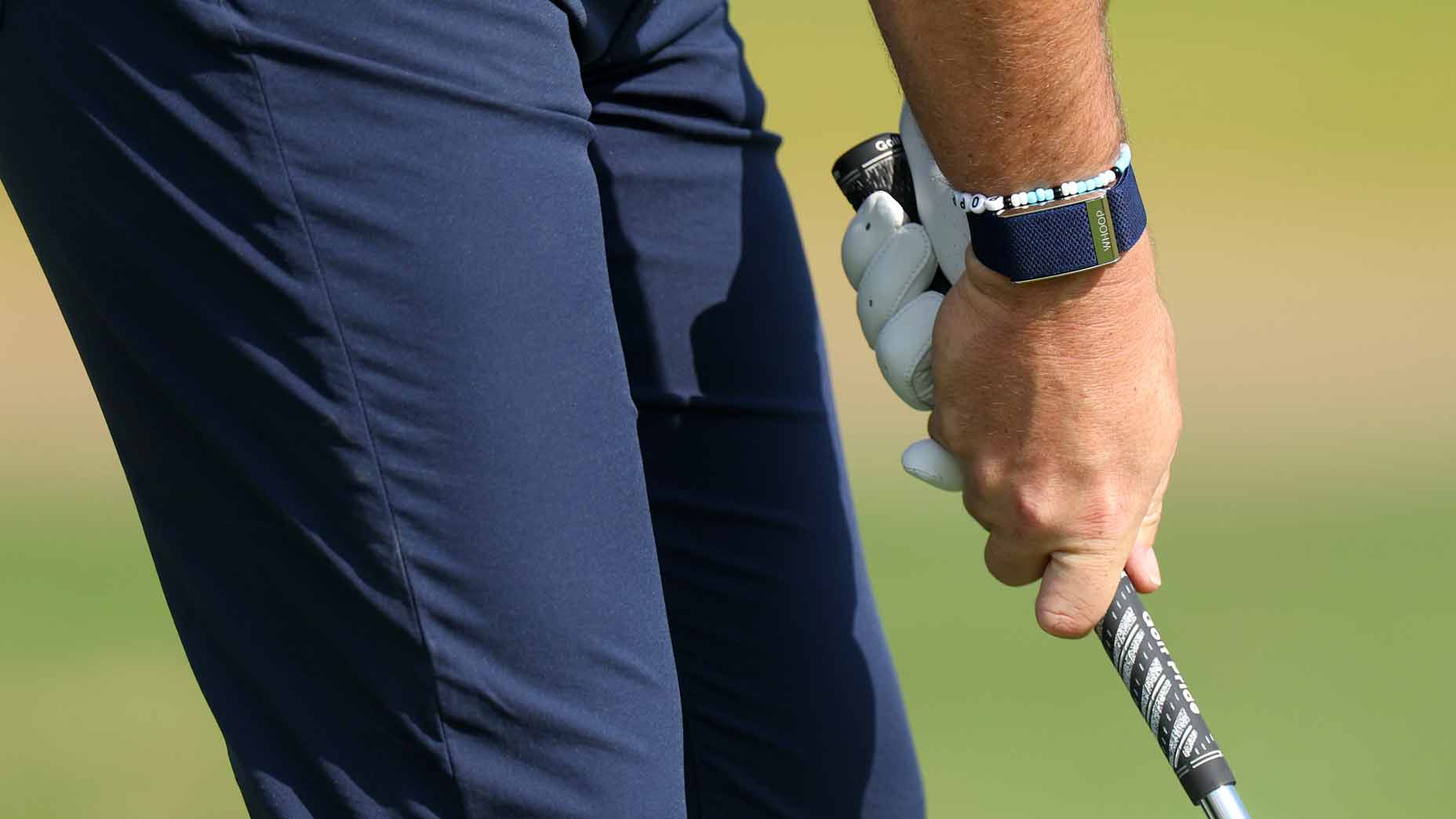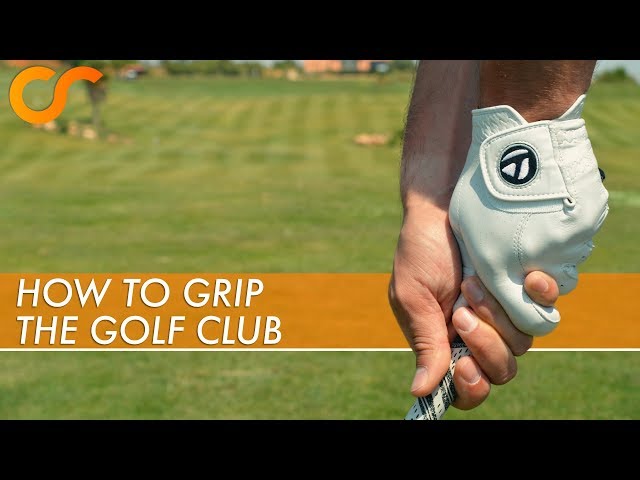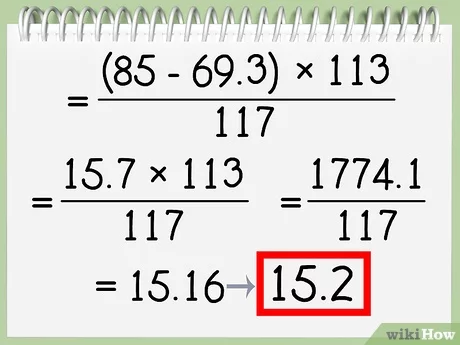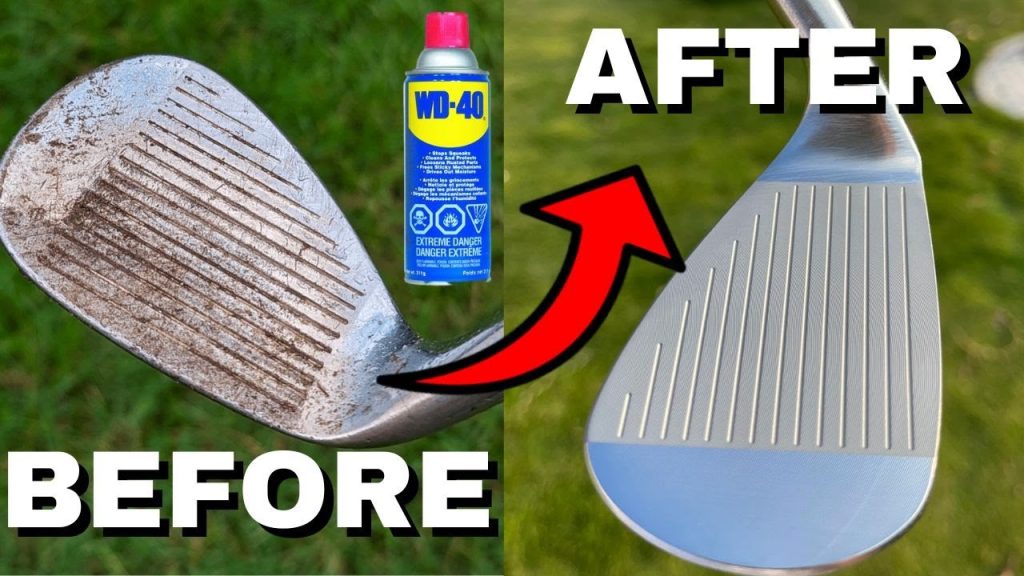Holding a golf club correctly is crucial for a good game. It improves accuracy and control.
Understanding how to properly hold a golf club can transform your performance on the course. A proper grip is the foundation of every great golf swing. It ensures better control, consistency, and power in your shots. Many beginners and even some seasoned players overlook the importance of a good grip.
But mastering this basic skill can set you on the path to improvement. Whether you are new to golf or looking to refine your technique, learning the proper way to hold a club is essential. Let’s explore how to get it right and see the difference it makes in your game.
Introduction To Golf Grip
Learning to hold a golf club correctly is fundamental. A proper grip can influence your swing and shot accuracy. It is the first step to becoming a better golfer. Let’s explore the essentials of a good golf grip.
Importance Of Proper Grip
A proper grip is vital in golf. It ensures that the clubface strikes the ball correctly. This leads to more accurate shots. Here are some key benefits:
- Consistency: A proper grip helps in producing consistent shots.
- Control: It provides better control over the club.
- Power: A good grip can help generate more power in your swing.
Common Grip Mistakes
Many beginners make mistakes in their grip. Let’s look at some common errors:
- Gripping too tightly: A tight grip can restrict your swing.
- Incorrect hand placement: Misplaced hands can cause the ball to veer off course.
- Using only fingers: Relying on fingers alone can reduce control.
Ensure your grip is firm, but not too tight. Your hands should be placed correctly, and the club should rest across your palms. Practicing these tips will help improve your game.
Types Of Golf Grips
Learning how to properly hold a golf club is crucial for every golfer. The grip affects your control, power, and accuracy. Different grips can suit different styles and preferences. Understanding the types of golf grips can help you find the best one for you.
Vardon Grip
The Vardon Grip, also known as the Overlapping Grip, is popular among golfers. In this grip, place the little finger of your trailing hand between the index and middle fingers of your lead hand. It provides stability and control. This grip is suitable for players with larger hands.
Interlocking Grip
The Interlocking Grip is another common choice. Here, you interlock the little finger of your trailing hand with the index finger of your lead hand. This grip offers a secure hold. It is often favored by golfers with smaller hands. Famous golfers like Tiger Woods use this grip.
Ten-finger Grip
The Ten-Finger Grip, also called the Baseball Grip, involves placing all ten fingers on the club. This grip is simpler and more natural. It is ideal for beginners or those with weaker hands. It allows for more wrist action and can generate more power.
Choosing The Right Grip
Choosing the right grip is essential to your golf performance. Your grip affects your control, power, and accuracy. Let’s dive into the key aspects of selecting the right grip for you.
Grip Size Considerations
Grip size matters. It impacts your swing and shot accuracy.
- Small Grips: These can increase hand action and may result in shots that veer left.
- Large Grips: These can reduce hand action and may result in shots that veer right.
To check the size, grip the club as you normally would. If your fingers barely touch your palm, the size is correct. If they dig into your palm, it’s too small. If there’s a gap, it’s too large.
Personal Comfort And Style
Your grip should feel natural and comfortable. Three common styles are:
- Overlapping Grip: The pinky of the trailing hand overlaps the index finger of the lead hand. This is popular among seasoned golfers.
- Interlocking Grip: The pinky of the trailing hand interlocks with the index finger of the lead hand. This is often preferred by golfers with smaller hands.
- Ten-Finger Grip: All ten fingers grip the club like a baseball bat. This is ideal for beginners or those with weaker hands.
Try each style to see which feels best. Comfort and control are key.
A proper grip can improve your game significantly. Pay attention to grip size and find a comfortable style. These steps will help you play better and enjoy the game more.
Step-by-step Guide To Proper Grip
Learning the correct grip is essential for a successful golf game. A proper grip ensures control, accuracy, and power in your swings. Follow this step-by-step guide to achieve the perfect grip.
Positioning The Lead Hand
Start with the lead hand. For right-handed players, this is the left hand. Hold the club at a 45-degree angle.
Place the club’s grip across your fingers, not your palm. The club should run from the base of your pinky finger to just above the first joint of your index finger.
Wrap your fingers around the club. Ensure the thumb points down the shaft.
Check your knuckles. You should see two to three knuckles of your lead hand.
Adding The Trail Hand
Next, add the trail hand. For right-handed players, this is the right hand. The trail hand should complement the lead hand.
Place the pad of your trail hand’s palm on top of your lead thumb. This creates a unified grip.
Wrap your fingers around the club. The pinky of the trail hand can overlap, interlock, or stay next to the lead hand’s index finger.
Align the V-shape formed by your thumb and index finger. It should point towards your trail shoulder.
Ensuring Proper Pressure
Grip pressure is critical. Hold the club with a firm yet relaxed grip.
On a scale from 1 to 10, aim for a grip pressure of 4 to 5. This ensures control without tension.
Avoid gripping too tightly. This can restrict your wrist movement and reduce your swing power.
Test your grip pressure. Swing the club back and forth. Adjust until it feels comfortable and controlled.
Adjusting Grip For Different Shots
Properly holding a golf club is key to improving your game. Adjusting your grip for different shots can make a big difference. Let’s explore how to adjust your grip for driving, putting, and specialty shots.
Grip For Driving
Driving requires power and control. Use the Vardon grip for a strong and steady shot. Place your left hand first. The handle should run diagonally across your fingers. Your thumb points down the shaft.
Next, place your right hand. Overlap your right pinky over your left index finger. Both “V” shapes formed by your thumbs and index fingers should point towards your right shoulder.
Note: Maintain a relaxed grip. Avoid squeezing too tight.
Grip For Putting
Putting demands precision. Use the reverse overlap grip for better accuracy. Place your left hand on the club first. The handle should rest in your palm.
Now, place your right hand below your left. Your left index finger should overlap your right pinky. This grip helps keep your wrists steady.
Tip: Keep your grip light. A gentle touch gives you more control.
Grip For Specialty Shots
Specialty shots require unique grips. For a chip shot, use the neutral grip. Place both hands on the club with even pressure. The thumbs should point down the shaft.
For a bunker shot, use the weaker grip. Rotate both hands slightly to the left. This helps open the clubface and adds loft to your shot.
Reminder: Experiment with different grips. Find what feels comfortable for you.
| Shot Type | Grip Type | Key Points |
|---|---|---|
| Driving | Vardon Grip | Overlap pinky, relaxed grip |
| Putting | Reverse Overlap Grip | Light grip, steady wrists |
| Specialty Shots | Neutral/Weaker Grip | Even pressure, rotate hands |

Credit: www.performforgolf.com
Practicing Your Grip
Holding a golf club properly improves your swing and accuracy. Place your hands on the club with a relaxed grip. Ensure your left hand grips the club first, followed by the right hand.
Properly holding a golf club is crucial for improving your game. Practicing your grip helps you gain consistency and control. A correct grip can enhance your swing and accuracy. Here are some effective methods to practice your grip.Grip Drills
Grip drills help you develop a feel for the correct hold. One simple drill is the “10-finger grip.” Hold the club with all ten fingers touching the handle. This drill helps beginners feel the connection between hands and club. Another useful drill is the “split grip.” Place your hands further apart on the club. This drill helps you understand the role of each hand in the swing. It encourages proper wrist movement and control. Practicing these drills regularly can strengthen your grip. It builds muscle memory for a consistent hold.Using Training Aids
Training aids can accelerate your grip improvement. Grip trainers are popular tools for learning the correct hold. These aids guide your hands into the proper position. Another effective tool is the “grip glove.” It has markings showing where to place your fingers. This visual aid helps you align your hands correctly. Weighted clubs can also be beneficial. They build hand and wrist strength. Stronger hands improve your grip endurance during play. Using these training aids can make practicing more effective. They provide immediate feedback and guidance. “`Common Grip Problems And Fixes
Gripping the golf club correctly is crucial for a good swing. Many golfers struggle with common grip problems. These issues can affect your game significantly. In this section, we will address common grip problems and their fixes.
Weak Grip Fixes
A weak grip can lead to slices and poor control. To fix this, check your hand positions. Ensure your left hand (for right-handed players) shows two to three knuckles. Rotate your left hand slightly to the right. Your right hand should cover your left thumb. This stronger grip can improve your power and accuracy.
Strong Grip Adjustments
A strong grip often results in hooks or low shots. To adjust a strong grip, reduce the visibility of knuckles on your left hand. Rotate your left hand slightly to the left. Ensure your right hand sits more on top of the club. This adjustment helps achieve a more neutral grip. It can lead to straighter, higher shots.
Grip Pressure Issues
Too much grip pressure can cause tension and erratic shots. Too little pressure can lead to loss of control. Aim for a medium grip pressure. Hold the club firmly but not tightly. Imagine holding a tube of toothpaste without squeezing out the paste. This balance ensures better control and smoother swings.

Credit: golf.com
Professional Tips For Perfect Grip
Getting the proper grip on a golf club is essential for a successful swing. Even a slight error can lead to a poor shot. In this section, we’ll share professional tips to help you perfect your grip. Learn from the experts to improve your game.
Advice From Pro Golfers
Professional golfers emphasize the importance of a consistent grip. It’s the foundation of your swing. Here are some key tips:
- Neutral Grip: Hold the club with both hands in a natural, relaxed position.
- Vardon Overlap: Place the pinky finger of your trailing hand between the index and middle fingers of your leading hand.
- Interlocking Grip: Interlock the pinky finger of your trailing hand with the index finger of your leading hand.
- Ten-Finger Grip: Hold the club as you would a baseball bat, with all ten fingers touching the club.
| Grip Type | Benefits |
|---|---|
| Neutral Grip | Reduces wrist action, improves control |
| Vardon Overlap | Increases stability, common among pros |
| Interlocking Grip | Enhances control, good for small hands |
| Ten-Finger Grip | Simpler for beginners, maximizes power |
Watching And Learning From Experts
Observing professional golfers can help you understand their techniques. Pay attention to how they hold the club, especially during their swing. Here are some steps to follow:
- Watch Tutorials: Look for online videos that focus on grip techniques.
- Attend Live Events: If possible, watch professional golfers in person.
- Practice Regularly: Apply what you’ve learned in your practice sessions.
- Seek Feedback: Ask a coach or experienced golfer to observe your grip.
By applying these professional tips, you can improve your grip and overall performance on the golf course. Remember, practice is key to mastering the perfect grip.

Credit: www.youtube.com
Frequently Asked Questions
How Do You Hold A Golf Club Correctly?
To hold a golf club correctly, grip it with both hands. Your left hand should be on top. Align your thumbs down the shaft.
What Is The Proper Golf Grip?
The proper golf grip involves placing your left hand first. Then, position your right hand below. Keep both thumbs aligned.
Why Is Grip Important In Golf?
Grip is crucial in golf because it affects your swing. A proper grip ensures better control and accuracy.
How Tight Should You Grip A Golf Club?
Grip a golf club firmly but not too tight. A light grip allows better control and fluidity in your swing.
Conclusion
Holding a golf club correctly can improve your game significantly. Practice the grip techniques regularly. Focus on the positioning of your hands and fingers. A proper grip ensures better control and accuracy. It helps in achieving a consistent swing. Remember, even small adjustments can make a big difference.
Keep refining your grip for better results. With practice, your comfort and performance will improve. Enjoy your time on the course and happy golfing!



